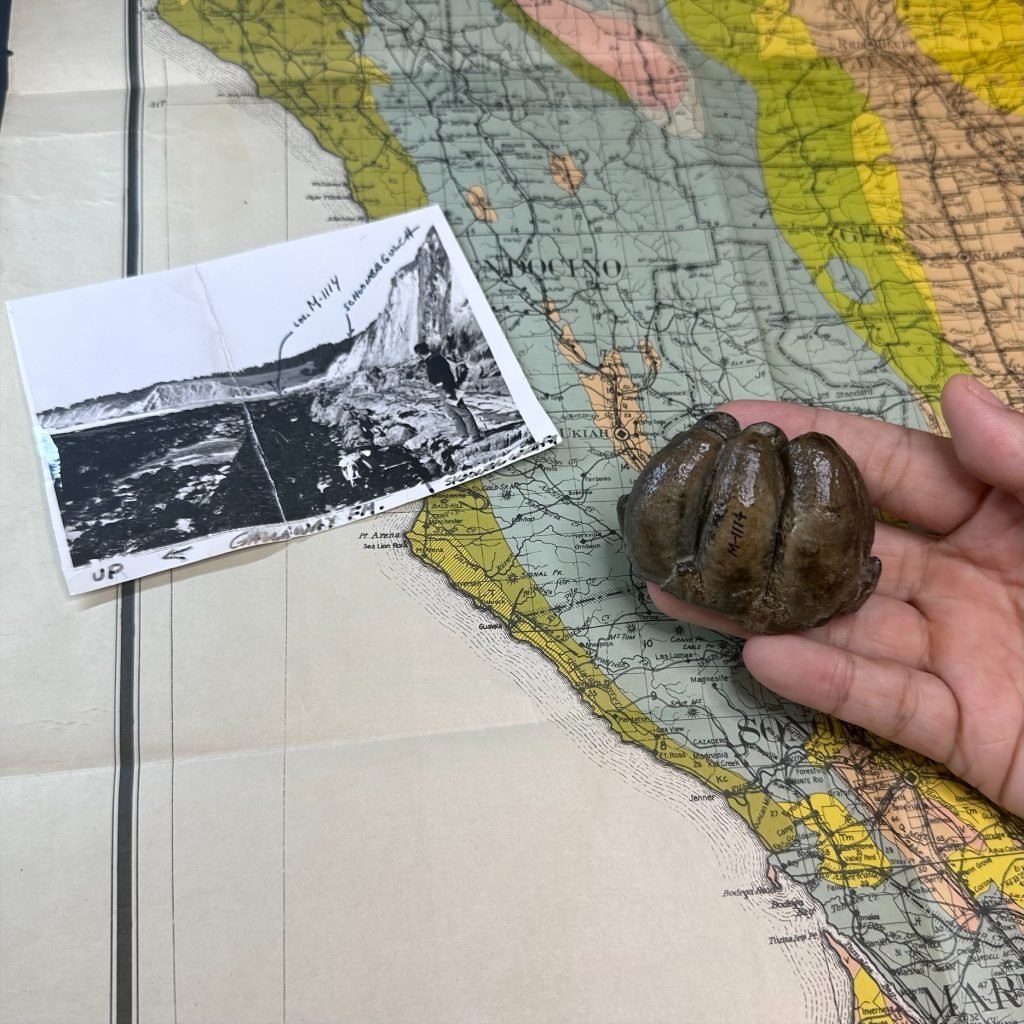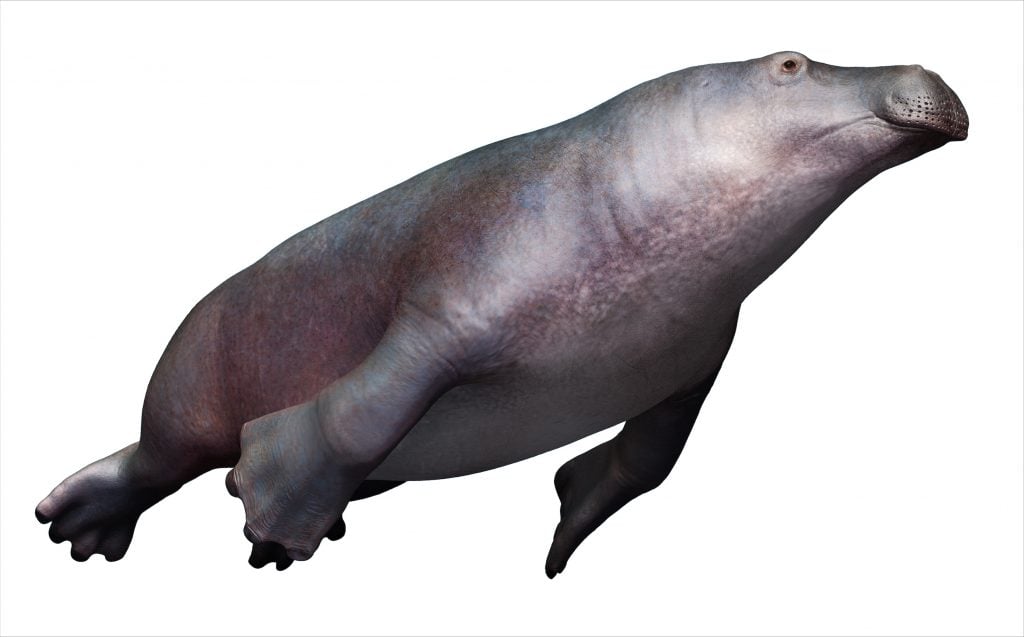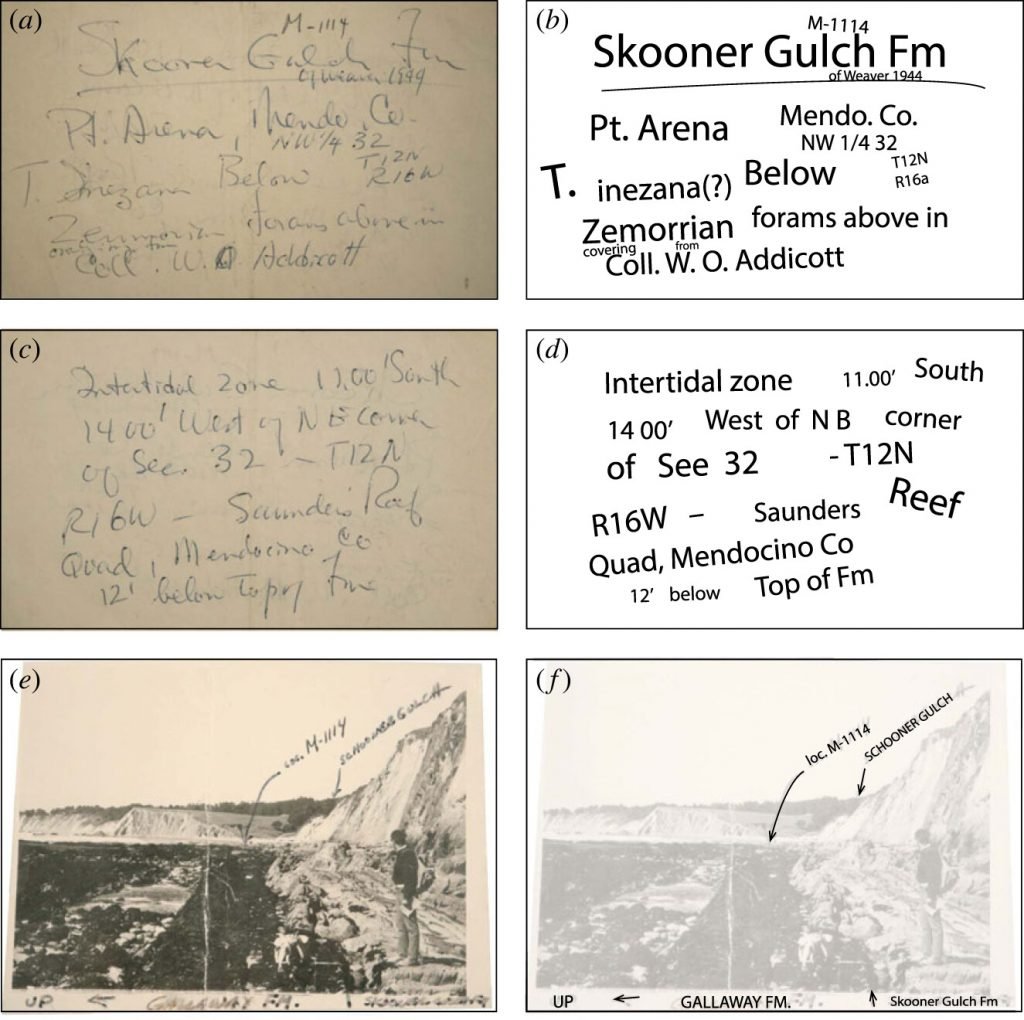Art & Tech
A Gnarly Old Tooth Found in a Museum Cabinet Could Provide the Key to Understanding an Ancient Relative of the Hippo
Desmostylus fossils have been found on the West Coast and in Japan.

Desmostylus fossils have been found on the West Coast and in Japan.

Richard Whiddington

A single tooth tucked away in a cabinet at the Smithsonian National Museum of Natural History in Washington, D.C., has revealed new information about Desmostylus, an extinct marine mammal species with similar characteristics to a hippopotamus.
The tooth, a molar measuring roughly 2.5 inches by 1.5 inches, was stumbled upon in 2021 by Kumiko Matsui, a postdoctoral fellow at the Smithsonian, who found it uncatalogued, but accompanied by handwritten notes and black-and-white photographs. Matsui’s research into the tooth, published by Royal Society Open Science in June 2023, suggests the Desmostylus existed earlier than previously believed and that it may have originated in western North America.
Aside from the size of the tooth—some six times larger than the largest human teeth—an aspect of their structure is intriguing.
“The strangest character of Desmostylus teeth is pillar-like structures,” Matsui told Artnet News. “When our own teeth, or those of our pets, we can see that they have pointy parts. These pointy parts are just like the pillar-like structures in Desmostylus. However, there are no mammals that have pillar-like teeth today, so we don’t have the best analogs to understand how Desmostylus used them to feed.”

Desmostylus reconstruction. Image: K.Matsui/Smithsonian. Institution.
Desmostylus were herbivorous animals that sported short tusks, not dissimilar to sea lions, and lived in a range of shallow sea or river environments. Until now, most of the Desmostylus fossils found have been dated to the middle and latter parts of the Miocene period, an epoch of warming global climates 23 to 5 million years ago. Matsui’s research places the specimen between 23 and 22 million years ago making it among the oldest such fossils ever discovered.
According to the fossil evidence, Desmostylus lived on North Pacific coastlines including Mexico, the U.S., Canada, Russia, and Japan. Based on the handwritten notes, the tooth was found in the 1960s by Warren O. Addicott during one of his expeditions to Schooner Gulch State Park in northern California. This is in line with the specimens on view in museums many of which were collected from abundant fossil sites in California.

The original labels, notes, and photographs found alongside the tooth. Image: courtesy Kumiko Matsui/Royal Society Open Science.
Much of the research into Desmostylus has focused on these teeth, which have often been used to differentiate between species. Matsui’s research compares the tooth with other specimines from extinct marine mammals including the Cornwallius sookensis and the Desmostylus japonicas.
The question of when precisely Desmostylus first evolved remains unanswered, though Matsui’s research concludes the pillar-like tooth structure has remained more or less unchanged for about 15 million years, early than has previously been demonstrated.
“Without realizing it, everyone sees mammalian teeth every day, smile and you will see your own,” Matsui said, only of a slightly different variety.
More Trending Stories: